Hello again, my name is Sally Feng. I graduated with a B.S. in Integrative Biology in May 2014. I am doing work on coral reef restoration in the Philippines under a Fulbright research grant.
My research experience
Three years ago, research was a foreign concept to me. During my sophomore year, I contacted a few professors and let them know that I was interested in their research. The following summer, I began assisting with a project with Dr. Katie McGhee in Dr. Alison Bell’s lab. 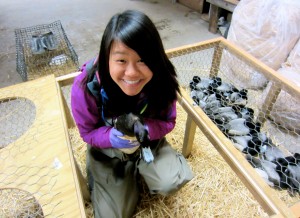 I started taking field courses in the States (IB 447 and NRES 285)
I started taking field courses in the States (IB 447 and NRES 285)
and abroad in South Africa (ANSC 398) and in Costa Rica (ANTH 445). I was also in Dr. Becky Fuller’s lab to see what it was like to work in another lab. The next thing you know, I was completing my own independent projects. I presented at the iBio Research Symposium and at the Undergraduate Research Symposium at U of I. I received funding from NSF REU, Office of Undergraduate Research and Bell lab to present at the Animal Behavior Conference at the University of Colorado Boulder and at Princeton University. After two semesters of IB 390, I enrolled in IB 490 to graduate with distinction. My senior thesis on color-reward association in stickleback fish has been accepted for publication in Animal Behaviour.
My Fulbright experience
I am part of the corals lab under Dr. Ronald Villanueva at the University of Philippines Bolinao Marine Laboratory. 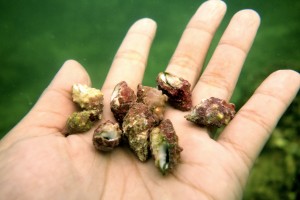 My study organism is Drupella cornus, a corallivorous marine gastropod. I am interested in seeing whether the gastropod chooses to feed upon a coral colony over another and whether the removal of the gastropod will have an effect in coral cover.
My study organism is Drupella cornus, a corallivorous marine gastropod. I am interested in seeing whether the gastropod chooses to feed upon a coral colony over another and whether the removal of the gastropod will have an effect in coral cover.
Even though I had a project in mind, it requires a lot of patience to get an experiment started. This was my first field-based project. I had to figure out how to set up my study area underwater and what sites to use. I just became open water certified so I needed time to get comfortable in diving. 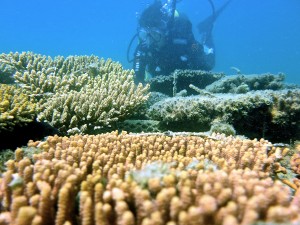 I was set back a few weeks because of a storm and gale warnings. Soon it was Christmas and everyone was gone for the holidays. Finally, after two months since my arrival and with the help from the lab aids, I was able to set up my experiment. Since then my experiment has been running smoothly.
I was set back a few weeks because of a storm and gale warnings. Soon it was Christmas and everyone was gone for the holidays. Finally, after two months since my arrival and with the help from the lab aids, I was able to set up my experiment. Since then my experiment has been running smoothly.
While research is my priority, I was able to pursue another interest of mine, environmental education. I attended SEA (Sea and Earth Advocates) Camp, a project of the Save Philippines Seas and U.S. Embassy Manila. 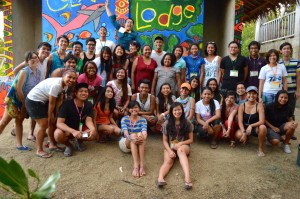 SEA Camp’s goal is to empower young seatizens as leaders in conservation. There were 30 participants, ages 18-23, from a diverse background ranging from university students to government workers. I was invited to give a talk on coral restoration and was a mentor to the participants with their project proposals on marine conservation. The camp was very well organized with resource speakers, workshops and other activities. I enjoyed seeing how excited the participants became when they had the opportunity to snorkel and scuba dive. It was amazing to see how motivated everyone was in saving the Philippines Seas.
SEA Camp’s goal is to empower young seatizens as leaders in conservation. There were 30 participants, ages 18-23, from a diverse background ranging from university students to government workers. I was invited to give a talk on coral restoration and was a mentor to the participants with their project proposals on marine conservation. The camp was very well organized with resource speakers, workshops and other activities. I enjoyed seeing how excited the participants became when they had the opportunity to snorkel and scuba dive. It was amazing to see how motivated everyone was in saving the Philippines Seas.
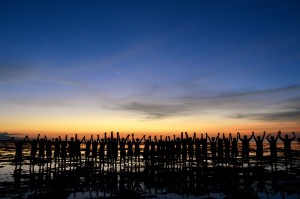 I have been abroad for six months and only have three months left of my grant. I am extremely happy with my stay in the Philippines and am excited to see where I will be next. If you would like to contact me, feel free to send an email to feng.sally26@gmail.com.
I have been abroad for six months and only have three months left of my grant. I am extremely happy with my stay in the Philippines and am excited to see where I will be next. If you would like to contact me, feel free to send an email to feng.sally26@gmail.com.
– Sally.

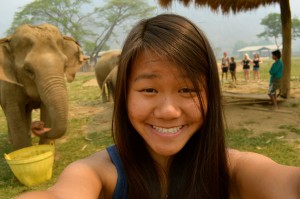
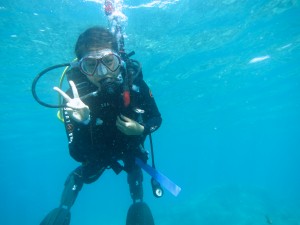 My name is Sally Feng. I graduated with a B.S. in Integrative Biology in May 2014. I am currently doing work on coral restoration in the Philippines under a Fulbright research grant. If you are interested in applying for a Fulbright, here is my experience.
My name is Sally Feng. I graduated with a B.S. in Integrative Biology in May 2014. I am currently doing work on coral restoration in the Philippines under a Fulbright research grant. If you are interested in applying for a Fulbright, here is my experience.